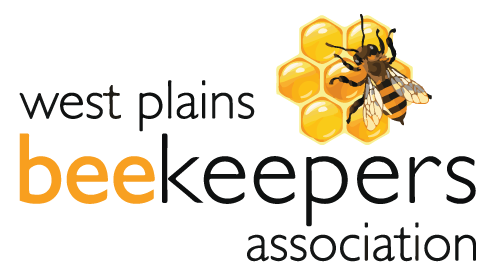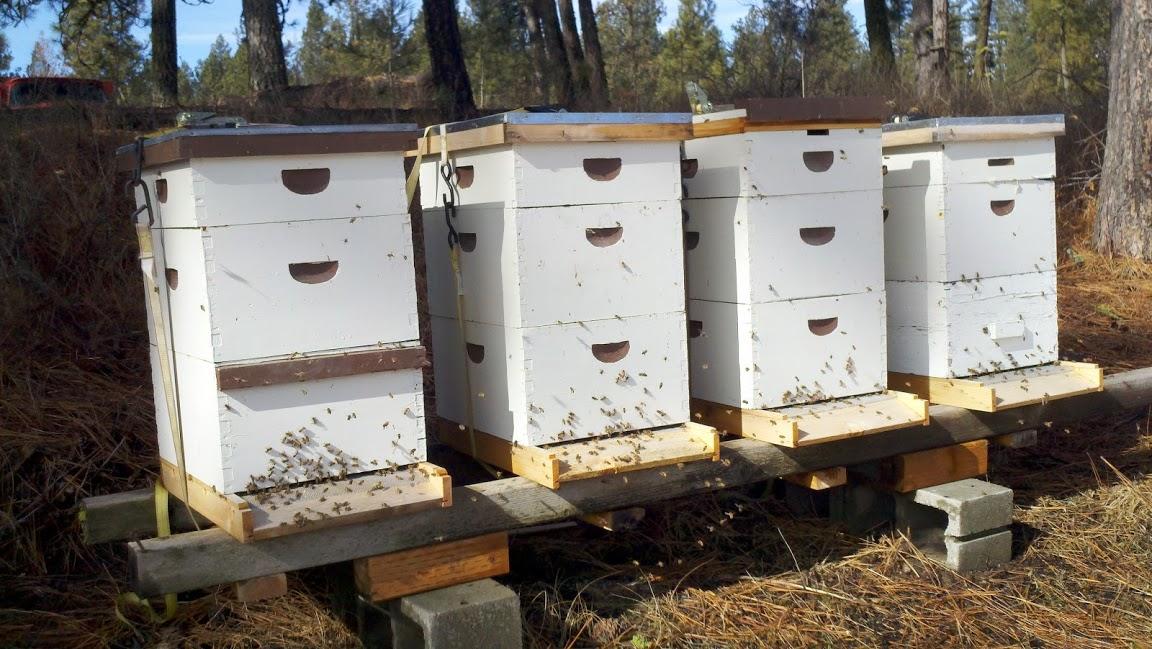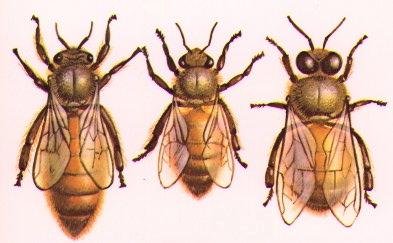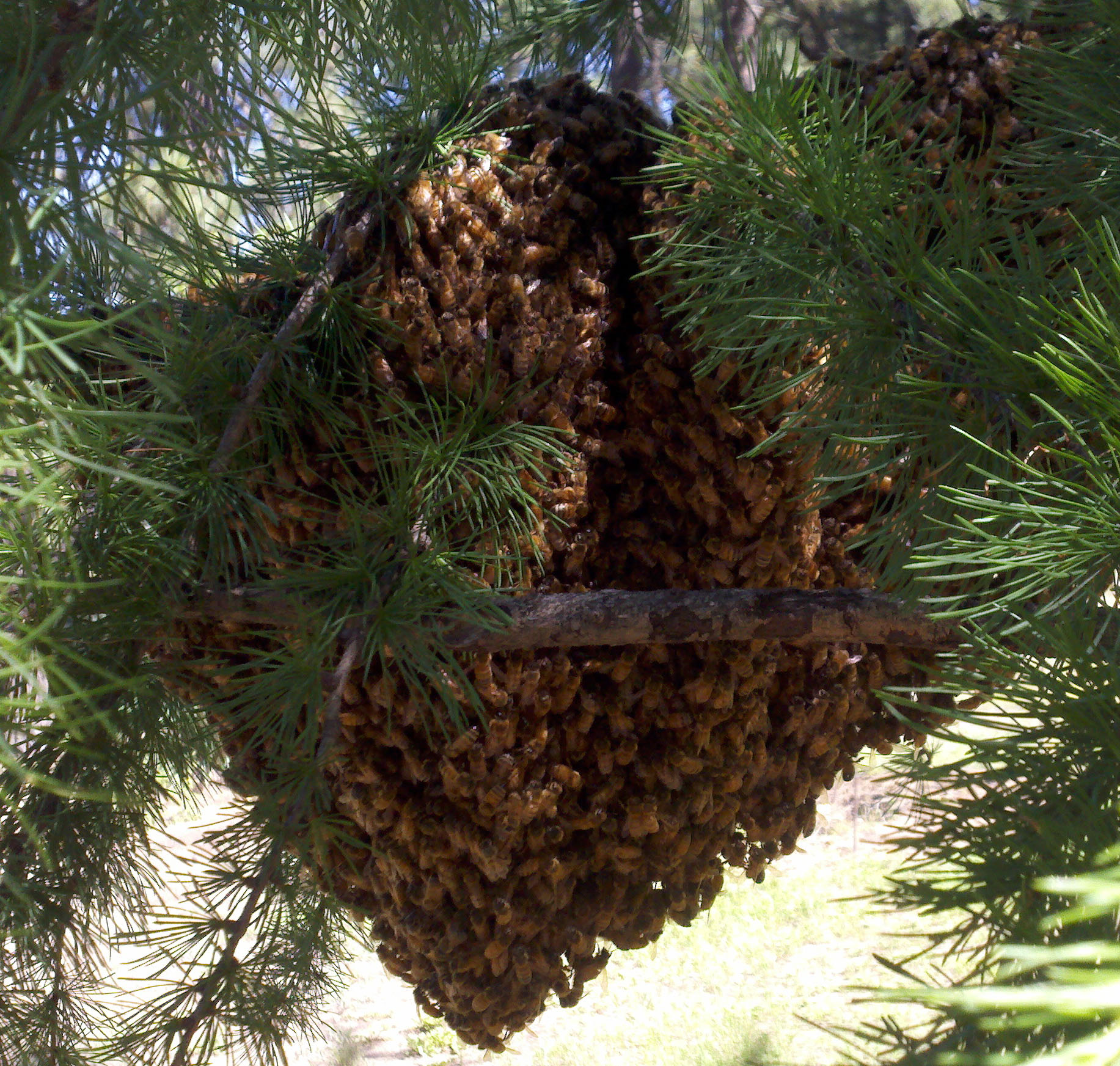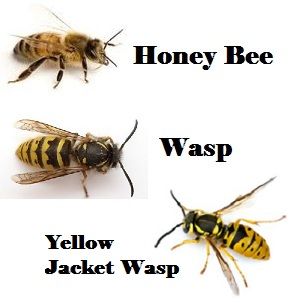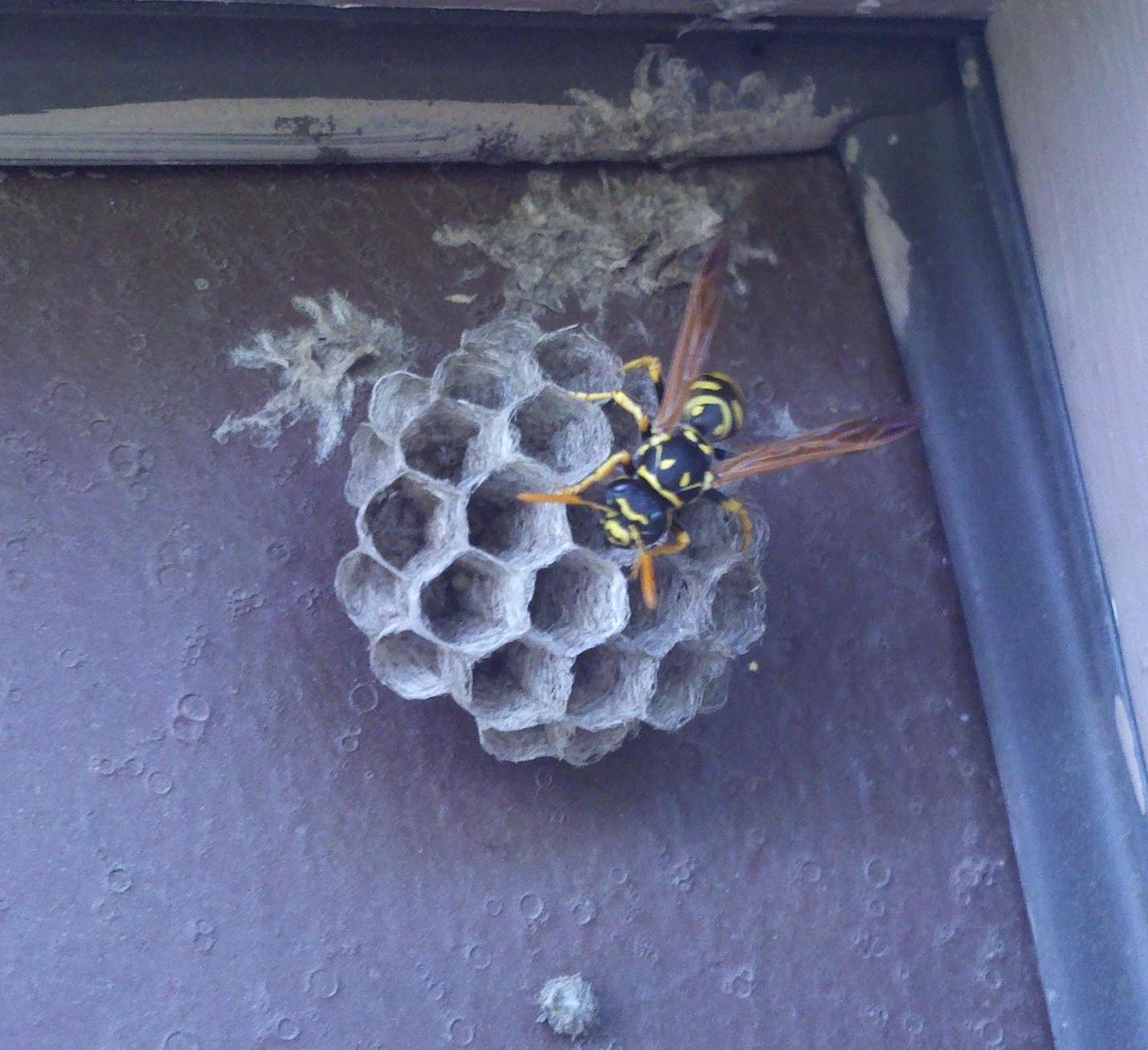Selective list of books abvailable at local libraries (SCLD - Spokane County Library District; SPL - Spokane Public Library)
- Amazing Bees, by Sue Unstead, 2016. Beginning reader. Learn about bees from buzzing to different flowers to being a vital part of the earth's ecosystem. ( Grades 1-3) (SCLD)
- Bee, by Karen Hartley and Chris Macro, 2006. A simple introduction to the physical chracteristics, diet, life cycle, predators, and lifespan of bees. (Grades 1-4) (SCLD)
- Bees, by Sue Barraclough, 2005. (Grades 3-6) (SCLD)
- Bees, by Julie Murray, 2011. Introduces bees, describing their physical characteristics, life cycle, feeding habits, and hive behavior. (Grades 3-6) (SCLD)
- Bees, by Suzanne Slade, 2008. (Grades 3-6) (SCLD)
- Bees, by the editors of Time for kids with Elizabeth Winchester, 2005. Meet a beekeeper. Peek inside a beehive. Find out how some bees make honey. Learn more than thirty fun facts about these busy insects. (Grades 1-4) (SCLD & SPL)
- Bees and Their Hives, by Linda Tagliaferro, 2004. Simple text and photographs describe bees and the hives in which they live. (K-1) (SCLD)
- Busy as a Bee, by Thea Feldman, 2012. From pollinating flowers and collecting nectar to bee communication, life in the hive, making honey, and the role of the queen; this book covers every aspect of bee life. (ages 5 and up) (SCLD)
- Busy, Buzzy Bee, by Karen Wallace, 1999. (Grades 1-3) (SCLD
- Buzz About Bees, by Kari-Lynn Winters, 2013. An in depth look at an endangered insect including information about the social structure an science of honey bees. (Grades 4-8) (SCLD & Spl)
- Buzz On Bees: Why are they Disappearing? by Shelley Rotner, 2010. Learn the possible explanations for bees' disapearance, what scientists are doing to address the problem, and what you can do. (age 5 and up) (SCLD)
- Flight of the Honey Bee, by Raymond Huber, 2013. Demonstrates how Scout the bee searches for nectar to sustain her hive and pollinates flowers to produce seeds and fruits. (SPL)
- Hive Detectives: Chronicle of a Honey Bee Catastrophe, by Loree Griffin Burns, 2010. Information about colony collapse disorder of honey bees. (SPL)
- Honey in a Hive, by Anne Rockwell, 2005. An introduction to the behavior and life cycle of honey bees. (Grades 3-6) (SPL)
- Honeybee, by Jason Cooper, 2004. Describes the physical characteristics, habitat, behavior, life cycle, diet, and reproduction of these industrious producers of honey. (Grades 1-4) (SPL)
- Honeybees, by Joyce Milton, 2003. Describes the anatomy, behavior and life cycle of the honeybees as well as the different kinds of honey that are produced. (SPL)
- Honeybees, by Kirsten Hall, 2018. Illustrations and rhyming text realistically portray honeybees through the year as they forage for pollen and nectar, communicate with others at their hive, and make honey. (Pre-school - 3rd grade) (SCLD)
